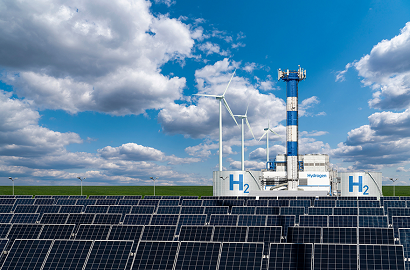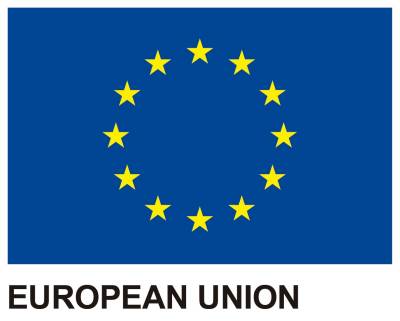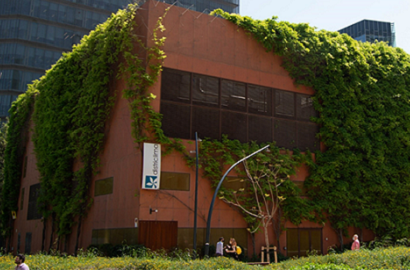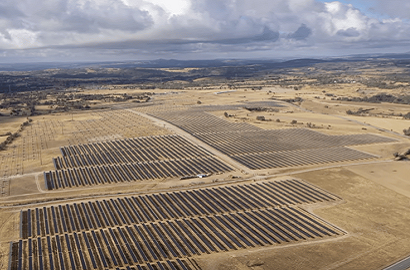Viridi to install green hydrogen plant in Cadiz

The company will be investing around €210 million with a view to starting production by the end of 2025
The Green Enesys Group and Viridi Energías Renovables España, a subsidiary of the German company Viridi, have chosen the town of Arcos de la Frontera in the province of Cadiz for the installation of a green hydrogen plant. Although the decision was taken during the first half of 2021, it is only now that the plans have been revealed, after an article was published in the newspaper Diario de Cádiz.
The promoters, who do not rule out the possibility of new investors coming on board, plan to invest around 210 million euros over a period of approximately two years, aiming for operations to begin in the last quarter of 2025.
During the first phase of construction, José Luis Morán González, director of integrated energy solutions for both companies, estimates that around 300 jobs will be created. Once the plant is up and running, he expects to see some 50 new positions, “given the nature of the industry, most of these will be for highly skilled professionals”.
Light and wind to produce hydrogen
The name of the project, SolWinHy Cádiz, refers to the three energy sources involved in the process: solar power and wind power that are used to produce hydrogen by electrolysis.
Morán stresses that the production of hydrogen does not compete with electricity generation as it uses sustainable resources, “They’re not in any way two different ways of making use of the same renewable resources - in fact they complement each other. As this project involves no connection to the grid, no electricity capacity is used. This means it has no impact on the electricity system, which remains available for other forms of exploitation.”
he combined existence of a good solar resource and an acceptable wind resource, which facilitates an effective balance of hydrogen production, the proximity to a railway network for the transport of the final product, and land availability
Green methanol
The green hydrogen produced at the plant will in turn be used to produce other types of fuel. As Morán explains, “green hydrogen is an energy vector that can achieve the decarbonisation of industries that would not otherwise be possible through electricity. Our project will generate green methanol, which is obtained by synthesising green hydrogen with bio-CO2. Green methanol, with its versatility for transformation into other types of fuels, can help decarbonise sectors such as aviation, where decarbonisation would otherwise be a longer and more expensive endeavour.
Once the plant is operational, it will have a capacity to produce around 30,000 tonnes of green methanol a year. This will benefit large industrial plants that will be able to use this fuel in their own production processes. The output is expected to be exported to Germany.




